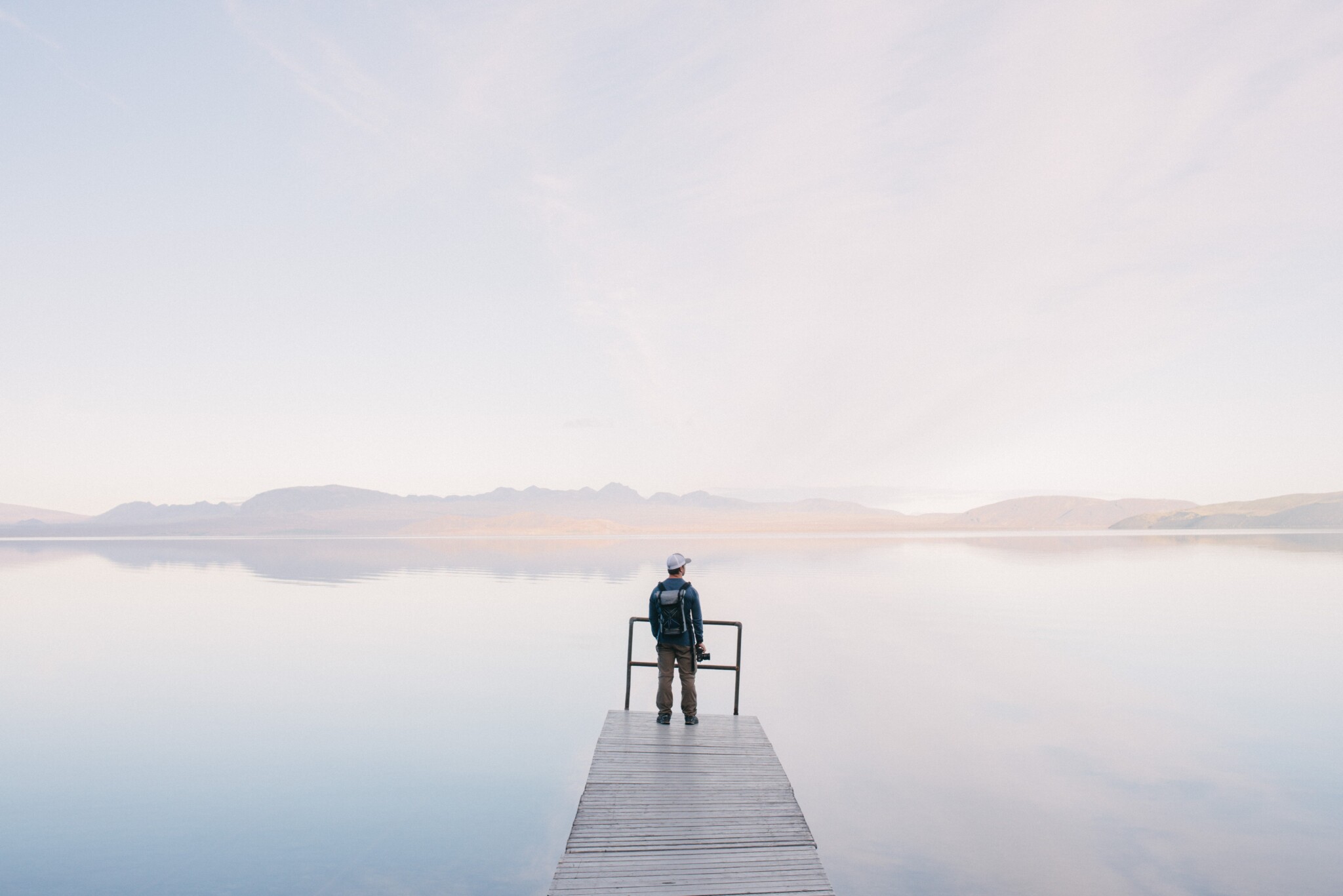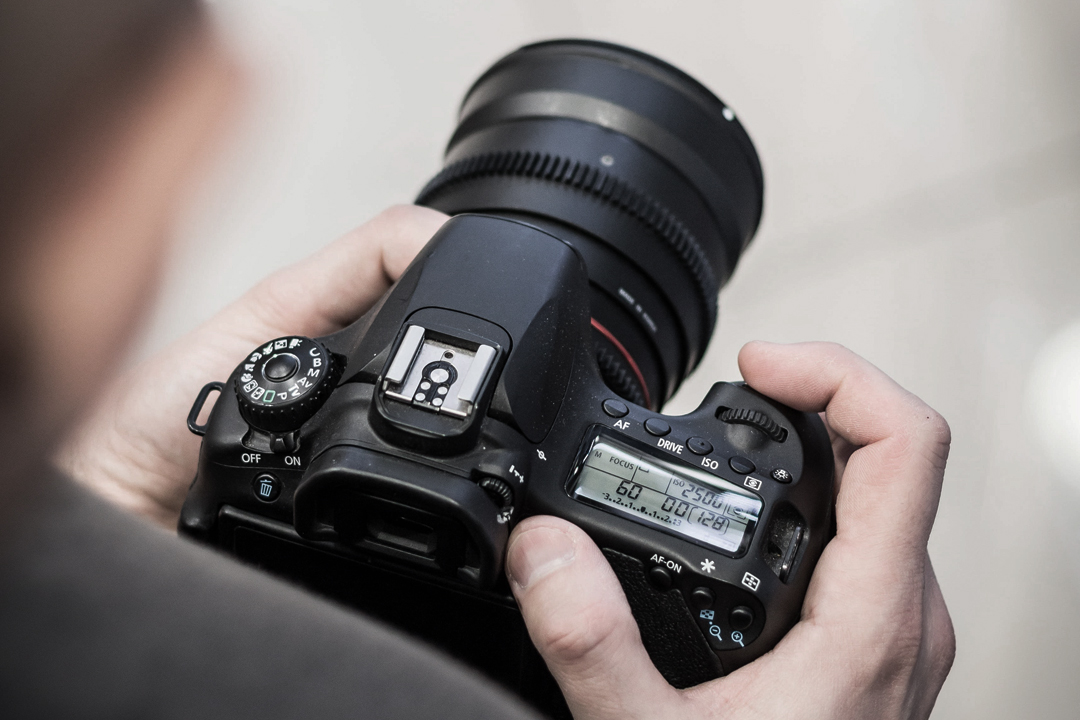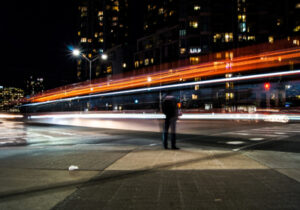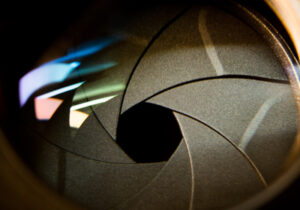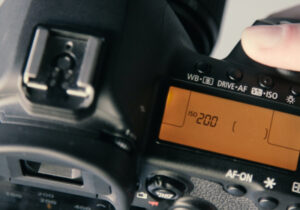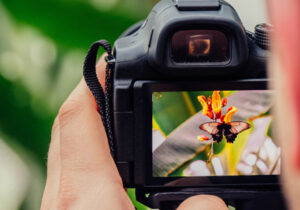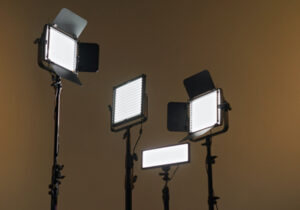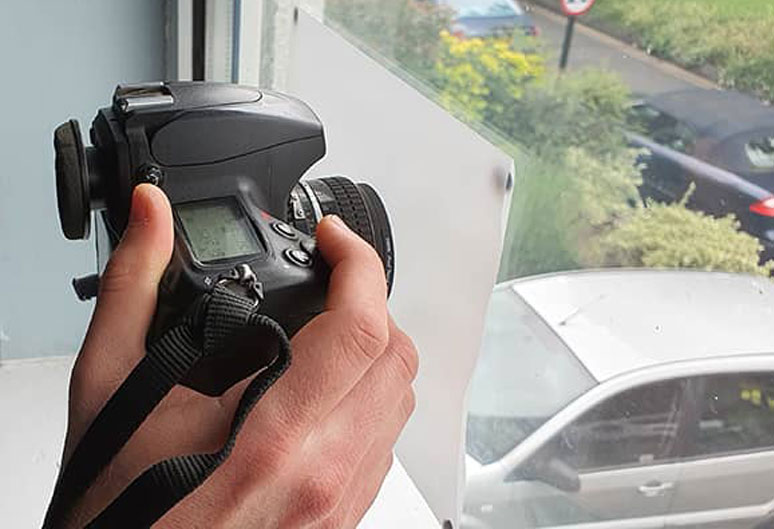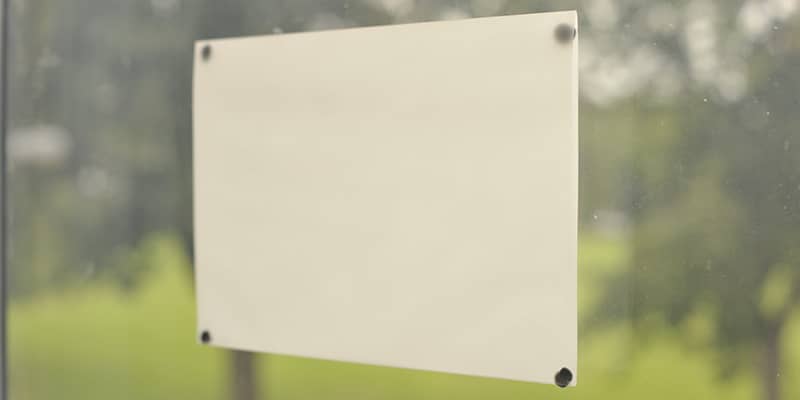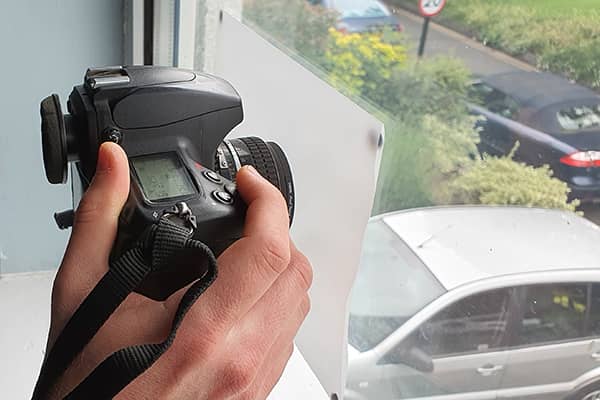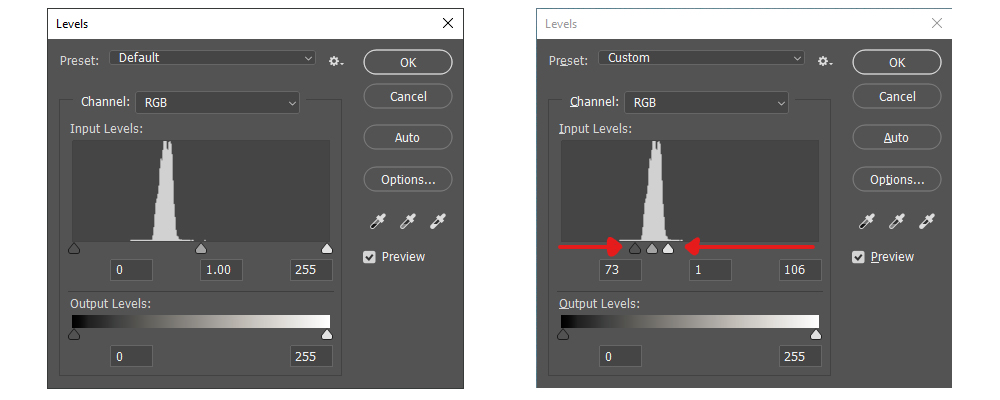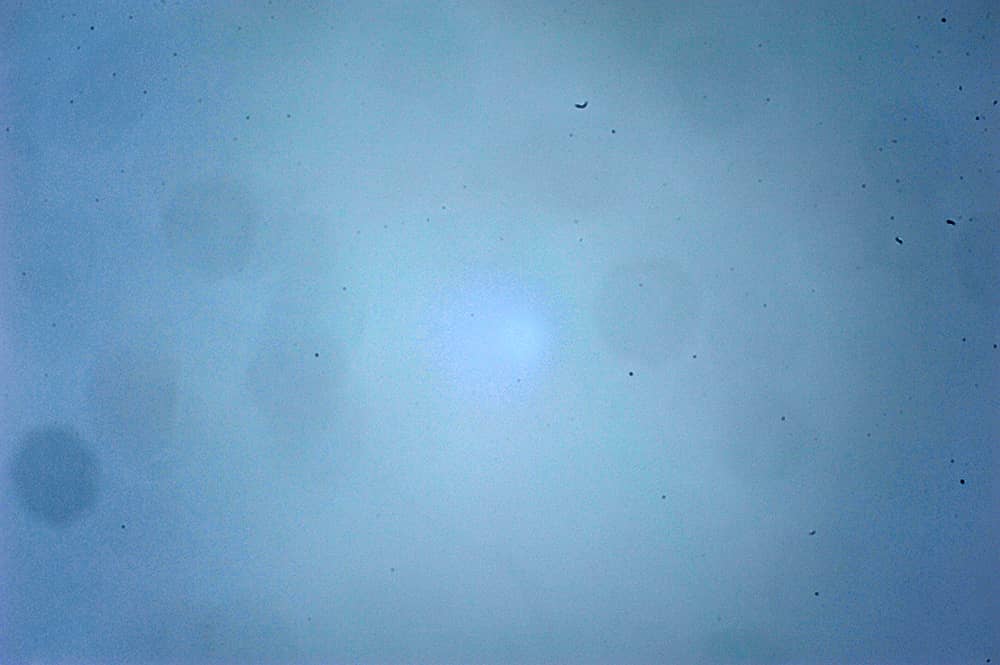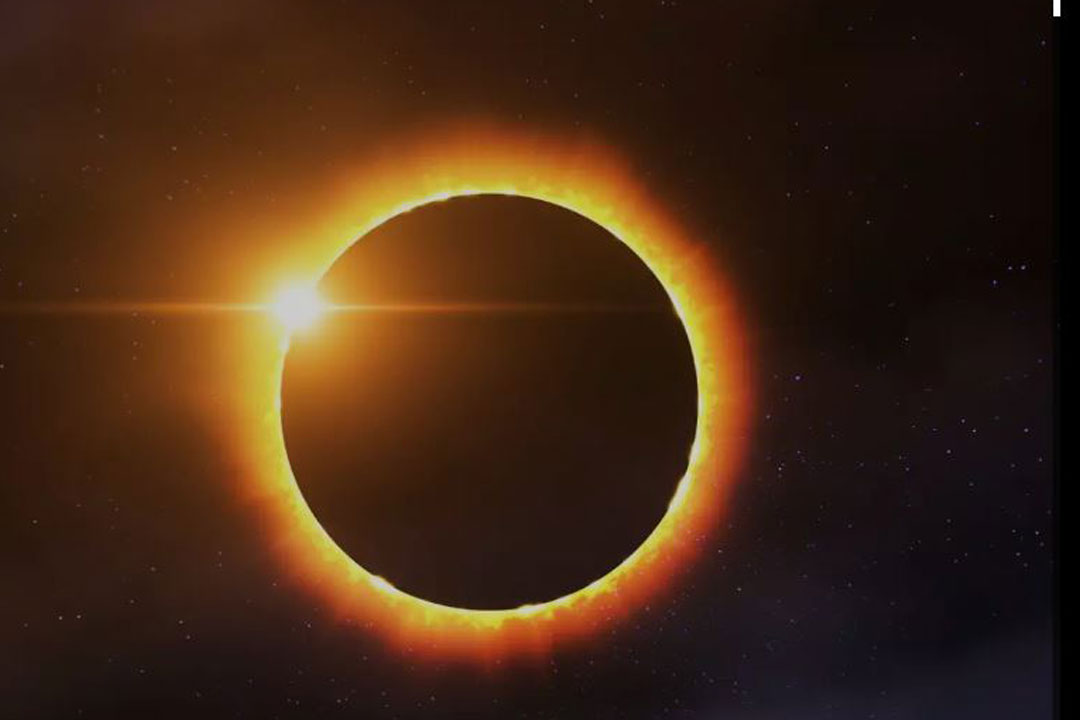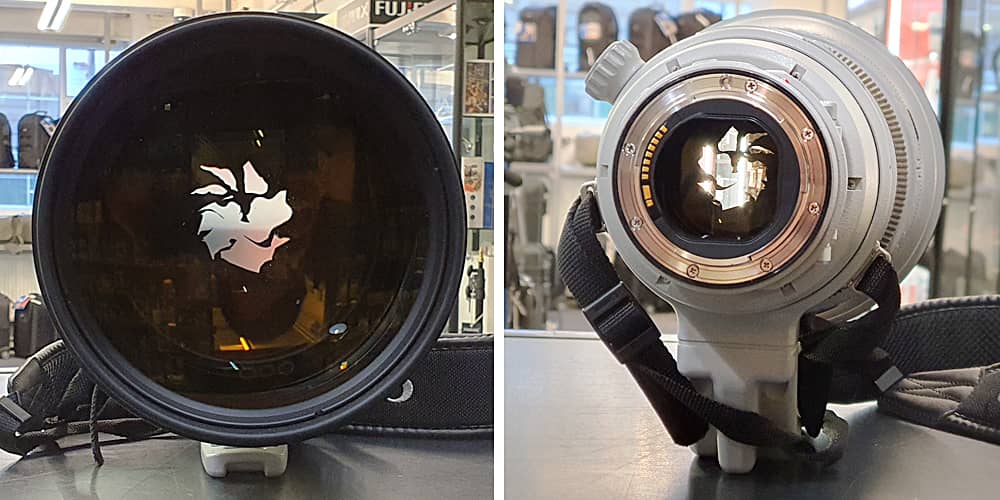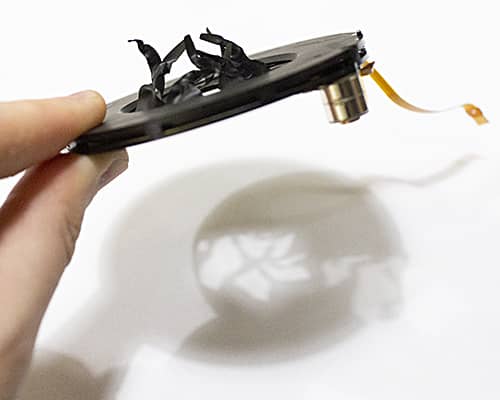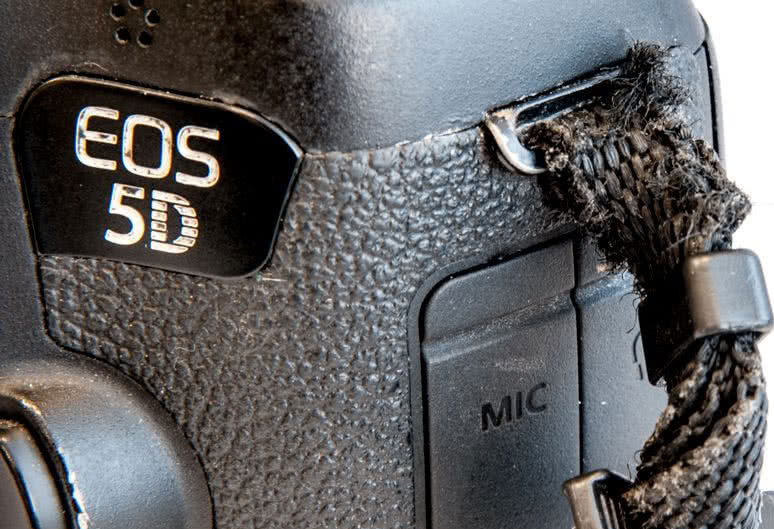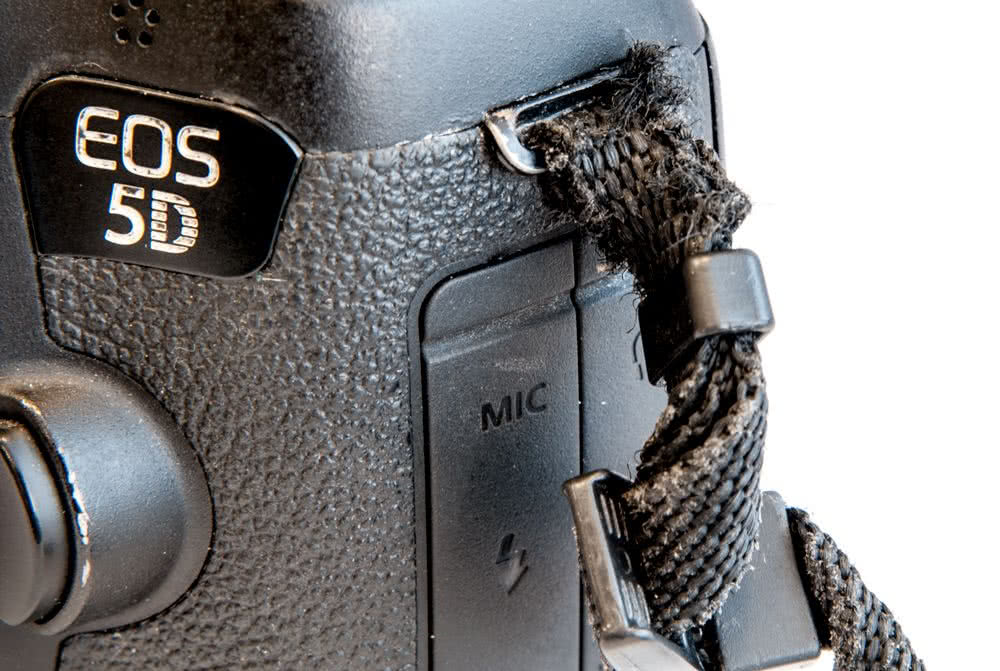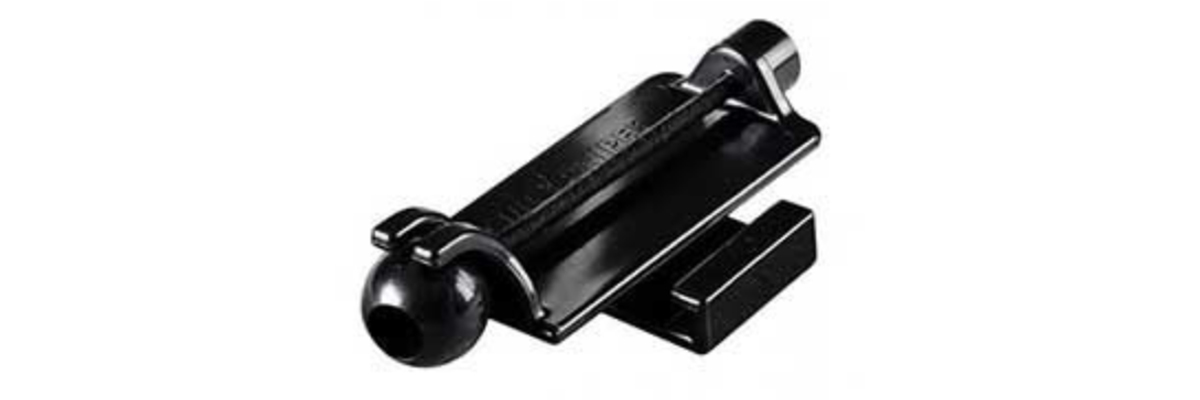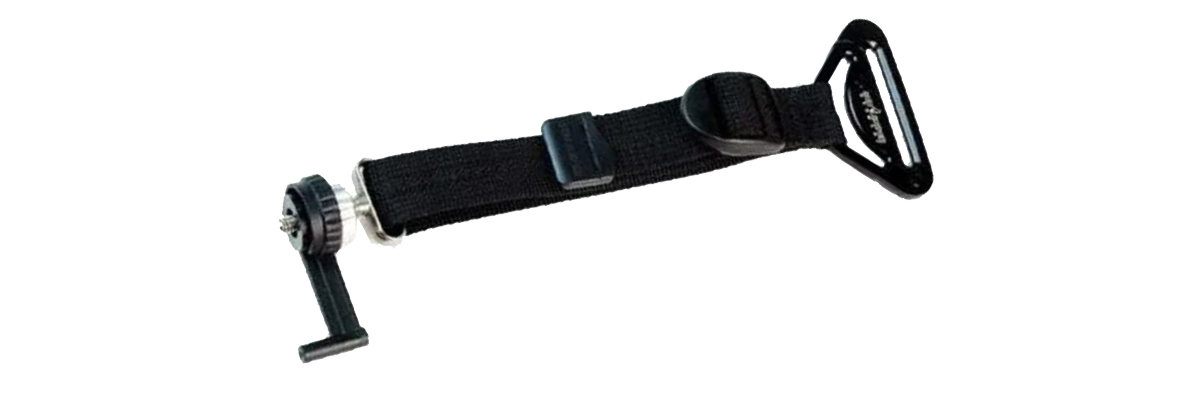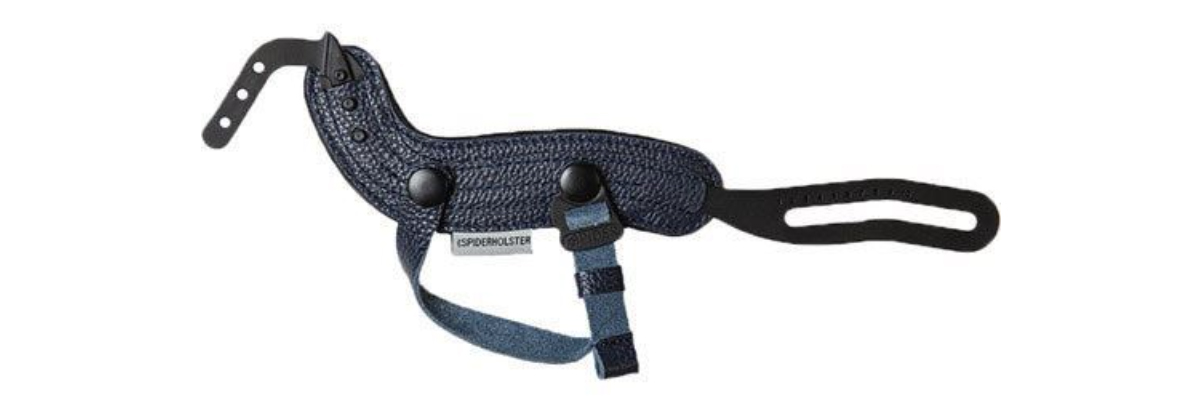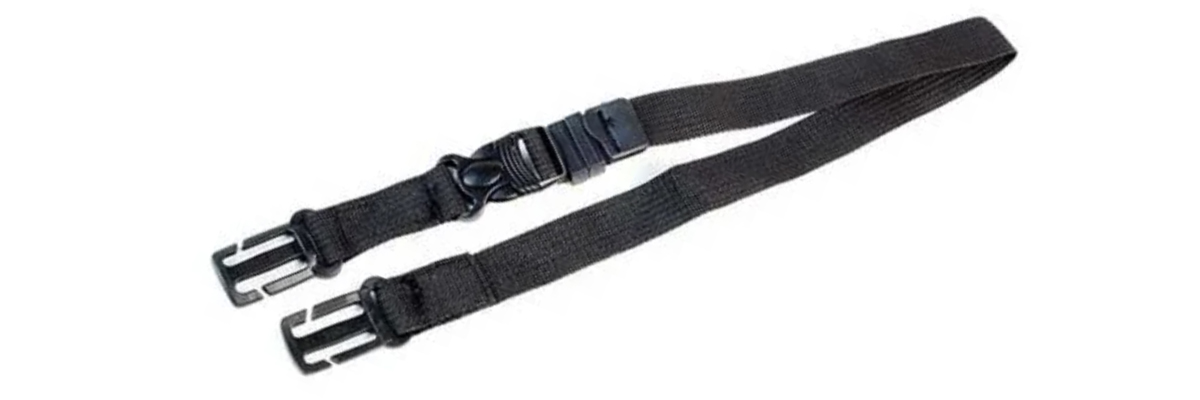Photography is a highly varied discipline, and there are many different genres of shooting you may want to explore. Some photographers spend their entire careers only working in one genre, while others like to chop and change and try new things. However, before you embark on any new style of shooting, it’s important to get a handle on the basics – and that is what this guide is all about.
Here, we’ve provided a quick overview of some of the most popular genres of photography, as well as offering a few tips for getting started with each one. Tips for excelling in any one of these genres would fill a book by themselves – and indeed they have filled many books – but if you’re just looking for a few quick pointers to get started, here’s where you’ll find them.
So, let’s look a little closer at the main genres of photography, and the basics of each one…
Sports photography: the basics

Sports photography is definitely challenging. It’s the art of capturing action, of freezing split-second moments – but more than that, it’s about conveying the feeling of watching a sport through a still image. Sports photographers need to think about conveying the fluidity and motion of a game they are documenting, and about capturing the intense emotions felt by both players and supporters.
Here are a few tips for getting started with sports photography…
- Use a fast shutter speed. To freeze action, you need to use a fast shutter speed. Start with a shutter speed of at least 1/500th of a second and adjust as needed.
- Choose the right lens. A telephoto lens with a long focal length is ideal for sports photography, as it’s likely you’re going to be working at a considerable distance away from where your key subjects are. Using a telephoto lens with a reasonably long focal length will allow you to get close to the action and fill the frame with your subject. Focal lengths like 70-200mm and 100-400mm are very popular in sports photography.
- Anticipate the action. Sports photography is all about capturing the decisive moment, and often that means you need to be thinking ahead. In a game of football, for instance, you may have more luck getting shots if you start trying to think about where the ball is going to be, rather than where it currently is. Get a feel for the momentum of the game, and you’ll find your hit-rate improves.
- Use tracking AF. For fast-moving subjects, you’re best off using the continuous autofocus (AF-C) mode on your camera to track them as they move. This will help you keep the key people and objects in focus.
- Look for interesting angles. Don’t just shoot from the sidelines. Look for interesting angles, such as finding a higher vantage point or getting down low to the ground. Move around during a game and experiment.
- Shoot in burst mode. Sports photography is all about capturing the moment, so shoot in burst mode to capture a series of shots. This will increase your chances of getting the perfect shot.
- Pay attention to the light. Sports events can take place in a variety of lighting conditions, so be prepared to adjust your camera settings accordingly. Use a wider aperture in low-light situations, and don’t be afraid to punch up your ISO if necessary. A grainy shot with some digital noise is better than no shot at all.
- Be aware of your surroundings. Sports events can be crowded and hectic, so be aware of your surroundings and be respectful of other photographers and spectators.
With practice and patience, you can capture great sports photos that tell a story and convey the excitement of the event.
Portrait photography: the basics
Whether you’re shooting portraits professionally or just for your own enjoyment, getting perfect people pictures can be a tremendously rewarding challenge. A good portrait isn’t just a picture of a person – it’s an image that conveys its subject’s personality, and as such, there are many things to think about beyond the simple act of pointing the camera at someone and pressing the shutter.

Here are some things to think about when it comes to portrait photography…
- Choose the right lens. A lens with a focal length of 50mm or longer is ideal for portrait photography, as it compresses a subject’s features in a way that’s more flattering than a wide-angle, and helps to throw out the background. On that note, a wide aperture (low f-number) can help create a shallow depth of field, meaning your subject pops vividly against an artfully blurred background.
- Find the right location. The location you choose can greatly impact the mood and style of your portrait. Consider the lighting, background, and overall atmosphere of the location, and think about how they relate to your subject. If your subject is a champion skateboarder, they will probably be suited to a different location than a prize-winning head chef, or a Fortune CEO.
- Start off with natural light. Portrait lighting is a big, complex subject. If you’re just starting out, rather than investing in flash units and LED panels, try getting your feet wet by shooting in natural light, as this can still result in beautiful, flattering portraits. Look for soft, diffused light, such as that found during the golden hour (the hour after sunrise or before sunset). Avoid harsh midday sunlight, which can create unflattering shadows.
- Choose the right camera settings. Shoot in aperture priority mode and use a wide aperture (low f-number) to create a blurred background. Use as low an ISO as possible to minimise noise and maintain image quality.
- Direct your subject. Good portrait photography requires good communication with your subject. Give clear directions on posing, expression and positioning. Make your subject feel comfortable and relaxed, and try to capture their personality and individuality.
- Edit your photos. Editing your photos can help enhance the overall look and feel of your portraits. Adjust the exposure, colour, and contrast to create a polished final product.
With practice and patience, you can create stunning portraits that capture the essence of your subject.
Landscape photography: the basics
Landscape photography is one of the most popular forms of photography, especially in the UK. A landscape is an enormously flexible thing, and can refer to an image of a forest, a beach, a rock formation, a lighthouse, a cityscape or any number of other fantastic subjects.
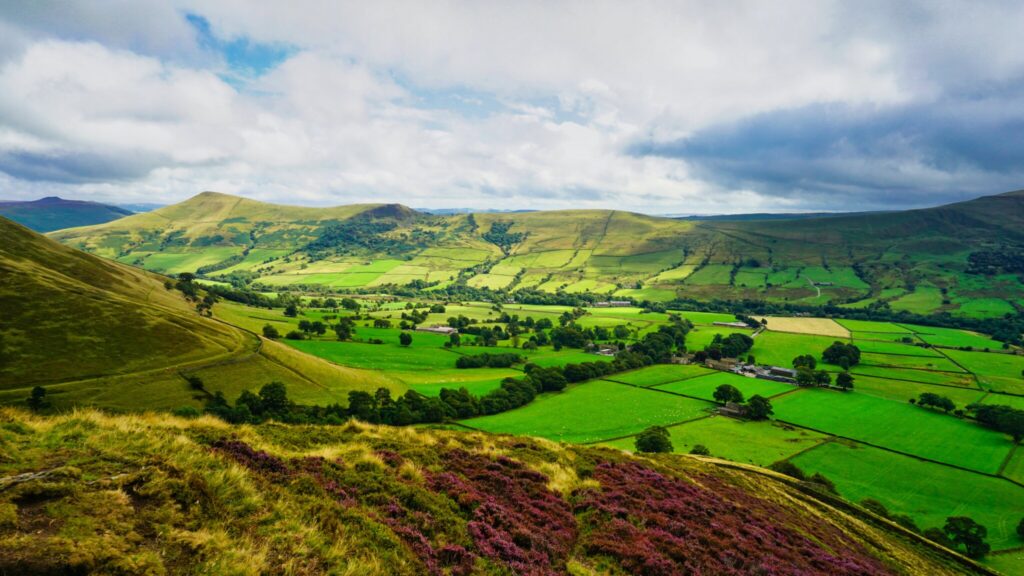
Once you get the landscape bug, you may find yourself hopelessly addicted to travelling the country to chase that perfect light in that perfect location! But before that happens, here are some tips to help you get started:
- Scout your location. Before heading out to shoot, do some research and scouting to find the best locations for the kind of landscape photography you want to shoot. Look for interesting features such as mountains, waterfalls or coastlines – and don’t forget about the city. Urban landscapes can be incredibly striking and unique.
- Get the right equipment. A sturdy tripod, a wide-angle lens, and a polarizing filter are essential for landscape photography. The tripod will keep your camera stable, the wide-angle lens will help you capture a wider field of view, and the polarizing filter will help reduce glare and increase colour saturation.
- Consider the time of day. The quality of light can make a big difference in landscape photography. Once again, you can definitely try to shoot during ‘golden hour’ which is the hour after sunrise or before sunset when the light is warm and soft – but don’t be restricted to just these times, as great images can be found at any time of day.
- Try the rule of thirds to start out. The rule of thirds is a composition technique that involves dividing the frame into thirds vertically and horizontally and placing the subject on one of the intersections. If you’re new to landscape photography, this can be a good way to get your brain thinking along compositionally creative lines, and avoid falling into the trap of just plonking every subject slap-bang in the middle of your shot.
- Experiment with depth of field. Depth of field can play a big role in landscape photography. Use a smaller aperture (higher f-stop number) to create a greater depth of field and keep more of the scene in focus.
- Pay attention to foreground, middle ground, and background. A strong landscape photo will have elements of interest in the foreground, middle ground, and background. Look for interesting textures, patterns or leading lines to add depth and interest to your photos.
- Be patient and persistent. Landscape photography often requires waiting for the right conditions, such as the right light or weather. Be patient and persistent, and don’t be afraid to return to a location multiple times to capture the perfect shot.
Remember to have fun and experiment with different techniques and compositions in your landscape photography. With practice and patience, you’ll be able to capture stunning images of the natural world.
Street photography: the basics
Street photography is a popular genre that involves capturing candid, generally unposed images of people and scenes in public places. Pioneered by legendary photographers like Henri Cartier-Bresson and Vivian Maier, street photography is fundamentally about capturing moments. It requires quick reflexes, an observational eye, and a certain amount of bravery.

Here are some tips for getting started with street photography:
- Choose the right gear. Street photography is often fast-paced and unpredictable, so choose a camera and lens combination that is portable, easy to use, and allows you to shoot quickly. Many street photographers prefer small, lightweight mirrorless or rangefinder cameras with wide-angle lenses. Compacts can be a good bet, too.
- Find interesting locations. Look for busy public places such as markets, parks, and city streets with interesting architecture and backgrounds. Keep an eye out for interesting light and shadows that can add depth and texture to your images.
- Capture candid moments. Street photography is all about capturing candid, unposed moments that tell a story about the people and places you encounter. Be patient, observe your surroundings, and wait for interesting moments to unfold. It can be worth lingering in the same place for a while to allow yourself to blend in, rather than moving a lot and drawing attention to yourself.
- Be respectful. When photographing people in public places, be respectful and mindful of their privacy. Avoid taking photos of people who don’t want to be photographed, and always ask for permission if you plan to take a close-up portrait.
- Play with perspective. Experiment with different angles and perspectives to add interest and drama to your images. Try shooting from a low angle, or from above, or get close to your subject for a more intimate portrait.
- Edit with intention. When editing your street photos, focus on enhancing the mood and atmosphere of the image. Think about how contrast, shadows, and colour can come together to create a cohesive and compelling story. Make judicious use of the crop tool to remove extraneous elements for clean, clear images.
Remember, street photography can be challenging, but also rewarding. Practise patience, observation, and experimentation to develop your own unique style and vision.
Macro photography: the basics
Macro photography is all about getting in close. It’s the art of capturing small objects, such as insects, flowers, and other details in nature, and rendering them larger than anyone would have seen them with their naked eye. When done well, macro photography can feel like a portal to another world, showing the viewer untold natural wonders.
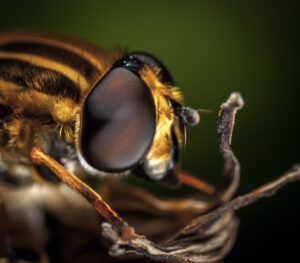
Here are some tips for getting started with macro photography:
- Use the right gear. Macro photography requires specialised gear. A macro lens should have a magnification ratio that renders objects at life-size on the sensor plane – these are referred to as “true” macro lenses. Extension tubes can be an acceptable substitute if a macro lens is out of your budget. A tripod is also recommended to keep the camera steady.
- Find interesting subjects. Look for small subjects with interesting textures, colours, and shapes, such as flowers, insects, and other details in nature. Think about what kinds of things will look interesting when seen very close-up.
- Use a reasonably shallow depth of field. A shallow depth of field (using a low f-stop number) can help isolate the subject and create a pleasing background blur. However, be careful not to make the depth of field too shallow or you may struggle to isolate the correct part of your subject within the narrow plane of focus.
- Use manual focus. When shooting macro photography, autofocus can struggle to find the correct focus point. Using manual focus allows you to have more control and precision over your focus.
- Start by using natural light. Once you’re comfortable with macro shooting you can experiment with on- and off-camera lighting, but before you buy any new gear, get your feet wet by shooting with natural light, which can create beautiful and soft lighting for macro photography. Look for opportunities to shoot on cloudy days when the light is soft and diffused.
Macro photography is a technically challenging discipline, but the wonderful thing about digital photography is that you can make as many mistakes as you want to. Keep trying and practising and you’ll get the hang of the basics.
How to travel with your camera
Travel photography is a little different to other genres, as it depends pretty substantially on where you’re going and what you intend to find there. Some people travel to capture landscapes, some people travel to cities for street shots, and some people love to photograph exotic wildlife.
So, regardless of what you plan to shoot once you arrive at your destination, here are some tips for travelling safely with your camera…
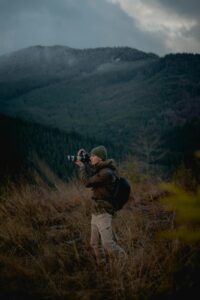
- Choose the right bag. Invest in a camera bag that can protect your camera and lenses during travel. Look for a bag that has padding and adjustable compartments, and is constructed from weather-resistant material. It’s also important to choose a bag that is the right size for your gear and comfortable to carry.
- Pack your gear carefully. Make sure to pack your camera and lenses in the bag securely, using the internal dividers to wedge everything in securely. Use lens caps and camera body caps to protect the camera and lenses, and consider wrapping items in soft cloth for extra safety.
- Bring spare batteries and memory cards. Make sure to bring extra batteries and memory cards, especially if you plan to take a lot of photos. It’s also a good idea to back up your photos regularly to avoid losing them if your camera or memory card is lost or stolen – perhaps wirelessly transfer them to your phone for cloud storage at the end of each shooting day.
- Research local laws and customs. Different countries may have different laws and customs regarding photography, especially if people are involved – for instance, public photography laws in France are much more stringent than they are in the UK. Before travelling, research the local laws and customs to avoid any legal or cultural issues.
- Carry your camera with you everywhere. This might seem obvious, but it’s good to get in the habit of always carrying your camera when you’re travelling. Even if you’re just strolling into town for dinner, you never know when a photo opportunity might present itself.
- Be mindful of your surroundings. When travelling, keep your camera and other gear close to you, and try not to be oblivious to your surroundings. Avoid leaving your camera unattended or in plain sight, especially in crowded areas.
Remember, travelling with your camera can be a great way to capture amazing photos and memories, but it’s important to take care. With the right preparation, you can enjoy your travels and capture amazing photos along the way.

